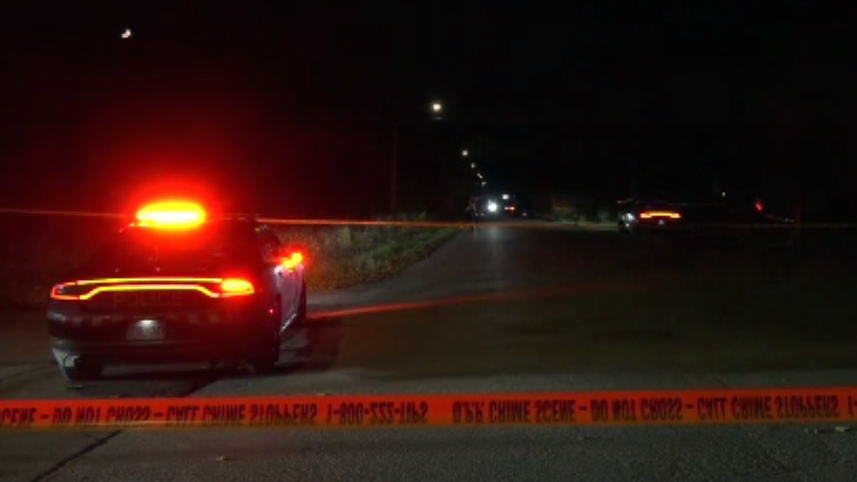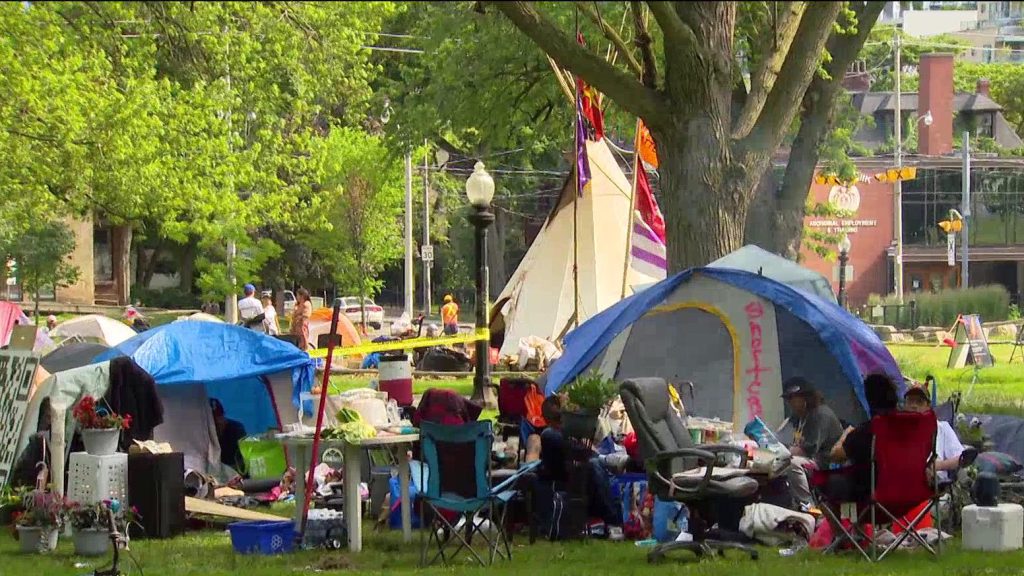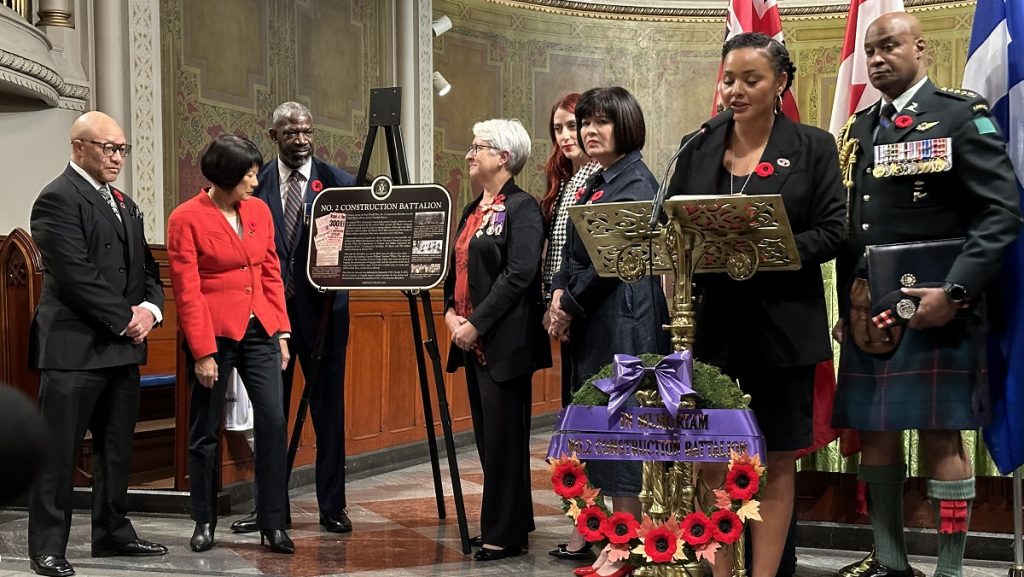New Bentonville exhibit connects environment to art
Posted June 17, 2019 1:06 am.
This article is more than 5 years old.
BENTONVILLE, Ark. — The connection between art and nature guides the latest temporary exhibit at Crystal Bridges Museum of American Art.
“Nature’s Nation: American Art and Environment” runs through Sept. 9.
Entering the exhibition space, viewers are greeted by myriad textures as wood panels display gallery titles, an Indigenous woven robe hangs on one wall and a deteriorating painting melts to the floor on another, the Northwest Arkansas Democrat-Gazette reported.
It’s the impressive self-portrait by artist Charles Willson Peale that stands out in the first gallery space. The piece is titled The Artist in His Museum and portrays a life-sized Peale staring out at the visitor from the painting. Behind him, Peale lifts a curtain to reveal displays of flora and fauna in what came to be America’s first public nature museum.
“No work in this exhibition better epitomizes this idea of connections,” said Alan C. Braddock, co-curator of the exhibition and associate professor of art history and American studies at the College of William & Mary. “His whole idea was to unite art and science.”
That relationship is the point of departure for the entire exhibition, which challenges the viewer to consider humanity’s relationship with and effect on the environment.
Braddock and fellow co-curator Karl Kusserow, curator of American art at the Princeton University of Art Museum, said the impetus for the exhibit was the concept of eco-criticism — a method of looking at cultural artifacts, in this case visual artifacts, with an eye toward ecology.
One-hundred paintings, sculptures, prints, drawings, photographs and works of decorative art spanning more than 300 years of American history were brought together from 70 eminent collections to pursue a new way of looking at American art.
“What’s astounding,” said Crystal Bridges curator Mindy Besaw during a preview of the exhibition, “is how these works tell a new narrative and encourage reflections back on our permanent collection.”
Frank Lloyd Wright, Dorothea Lange, John James Audubon, Ansel Adams and Albert Bierstadt are among the artists featured in the exhibition, as well as several indigenous artists who were included in Crystal Bridges’ 2018 exhibition “Art for a New Understanding: Native Voices, 1950s to Now.”
From Peale’s immense self-portrait, the exhibition moves chronologically through three sections that reflect the environmental attitudes of its time.
The first section explores humanity coming to terms with the inaccurate belief that the world is unchanging.
For example, a series of three works depicting the extinct Carolina parrot, by three different artists, spans more than 270 years. The examination of an American species driven to extinction by human beings prompts the viewer to meditate on humanity’s capacity to cause dramatic environmental change, Braddock said.
The second part of the exhibition considers the scope and scale of the human hand of progress and industrialization. During this period, artists came to realize idyllic romanticism was no longer an efficient or accurate representation of humanity’s impact on nature.
“Nature’s Nation” concludes with a section that seeks to induce feelings of empathy and urgency in the viewer, Braddock said. Artists presented in the final spaces invented techniques to invite a moral response from the viewer.
Alexis Rockman’s piece Aviary uses bold colours and exquisite, intricate details to draw the viewer’s eye. But a closer look reveals what initially seems to be a tree covered in beautiful birds is actually an artificial tree full of birds with grotesque mutations. His works are the result of combining his own artistic vision with knowledge gained from consulting evolutionary scientists. The result presents an ominous portrait of the possible implications of human beings’ power as a species.
Visitors enter a reflection area as they exit the exhibition space. Rather than “Nature’s Nation” ending on a dismal note, the reflection area displays a graphically designed wall offering actions individuals can take to make a difference in the environment. The wall was created in collaboration with local and regional experts on conservation, wildlife protection, food sources, water quality and more.
Crystal Bridges will be the final venue for “Nature’s Nation,” which opened at Princeton University Art Museum last year before travelling to the Peabody Essex Museum in Salem, Mass.
Admission to the exhibit will be part of a combo ticket with outdoor installation “Color Field.”
___
Information from: Northwest Arkansas Democrat-Gazette, http://www.nwaonline.com
An AP Member Exchange shared by the Northwest Arkansas Democrat-Gazette.
Jocelyn Murphy, The Associated Press








